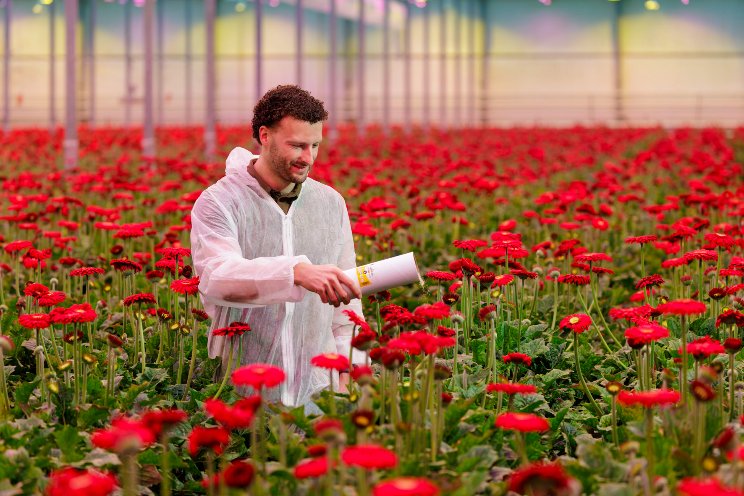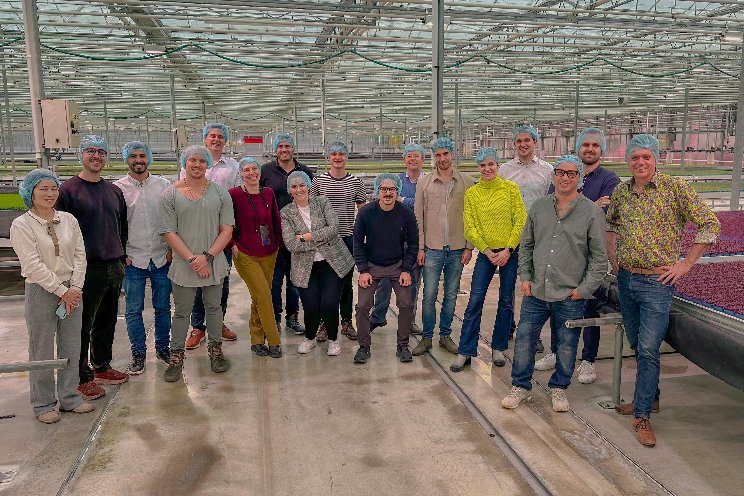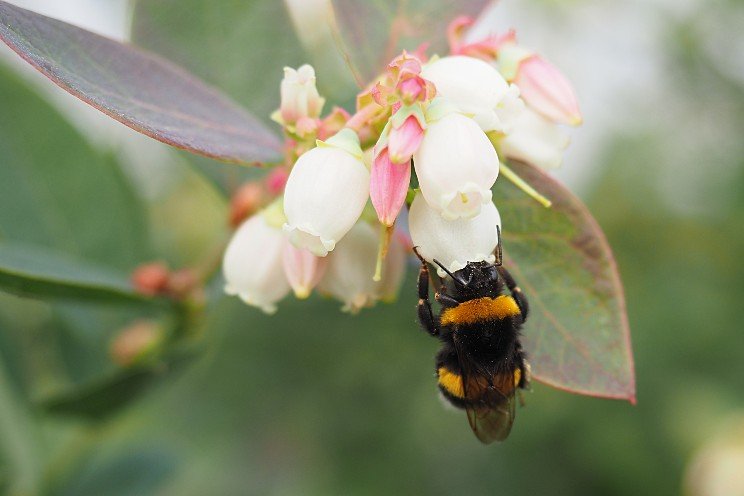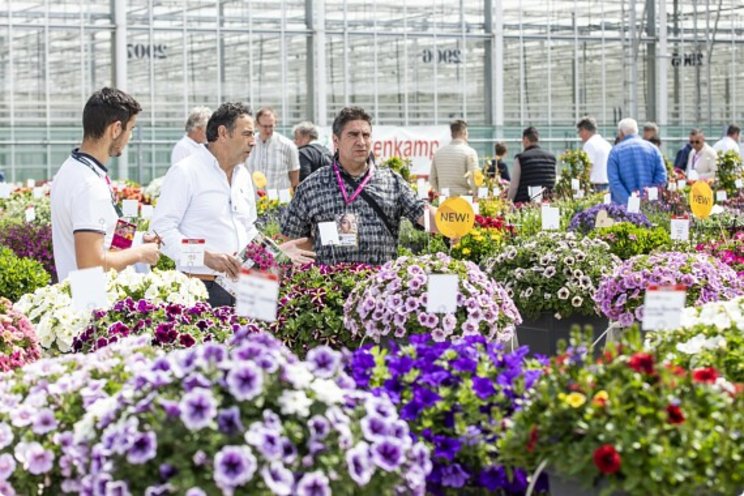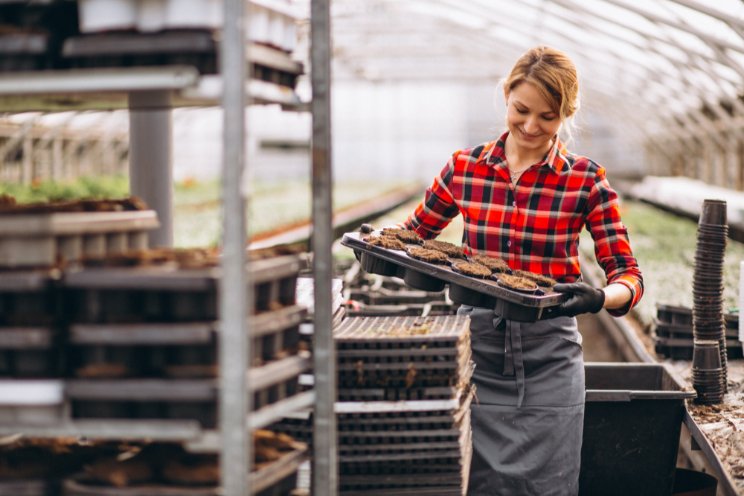The technique and contact with market crucial for success in leafy greens
Added on 29 January 2024

The consultancy company is organizing a two-day event in June for the global leafy greens sector because, despite its potential, this sector also faces challenges. “The techniques are available, but achieving cultivation optimization and financial success remains a challenge. The choice of cultivation systems, techniques, varieties, and packaging is crucial, as is understanding who will buy your product and what the customer wants. That becomes increasingly important.”
More certainty in lettuce
Both in North America and Europe, open-field cultivation of lettuce is gradually being replaced by supply from protected cultivation, known as CEA (Controlled Environment Agriculture) in North America. Food safety is a significant driver in both regions, as is supply security. In Europe, extreme weather conditions in the Mediterranean region last year led to high prices, while California is experiencing a severe water shortage. “We see these kinds of problems worldwide. In Australia, KFC served burgers with cabbage last year because there was no lettuce available. That’s something you want to prevent,” says Tim.

The processing industry is also showing interest, especially in the Teen Leafs concept. On the one hand, because the cutting waste is significantly lower than externally grown lettuce, where the outer leaves need to be discarded. On the other hand, it also saves a step in processing, as in some cases, the supply does not need to be washed anymore. “The processing industry demands even greater certainty in terms of delivery and food safety than Global GAP: they want IFS Food. These standards can be achieved with CEA lettuce cultivation.”
This article was originally published on the website of HortiDaily.
More news
